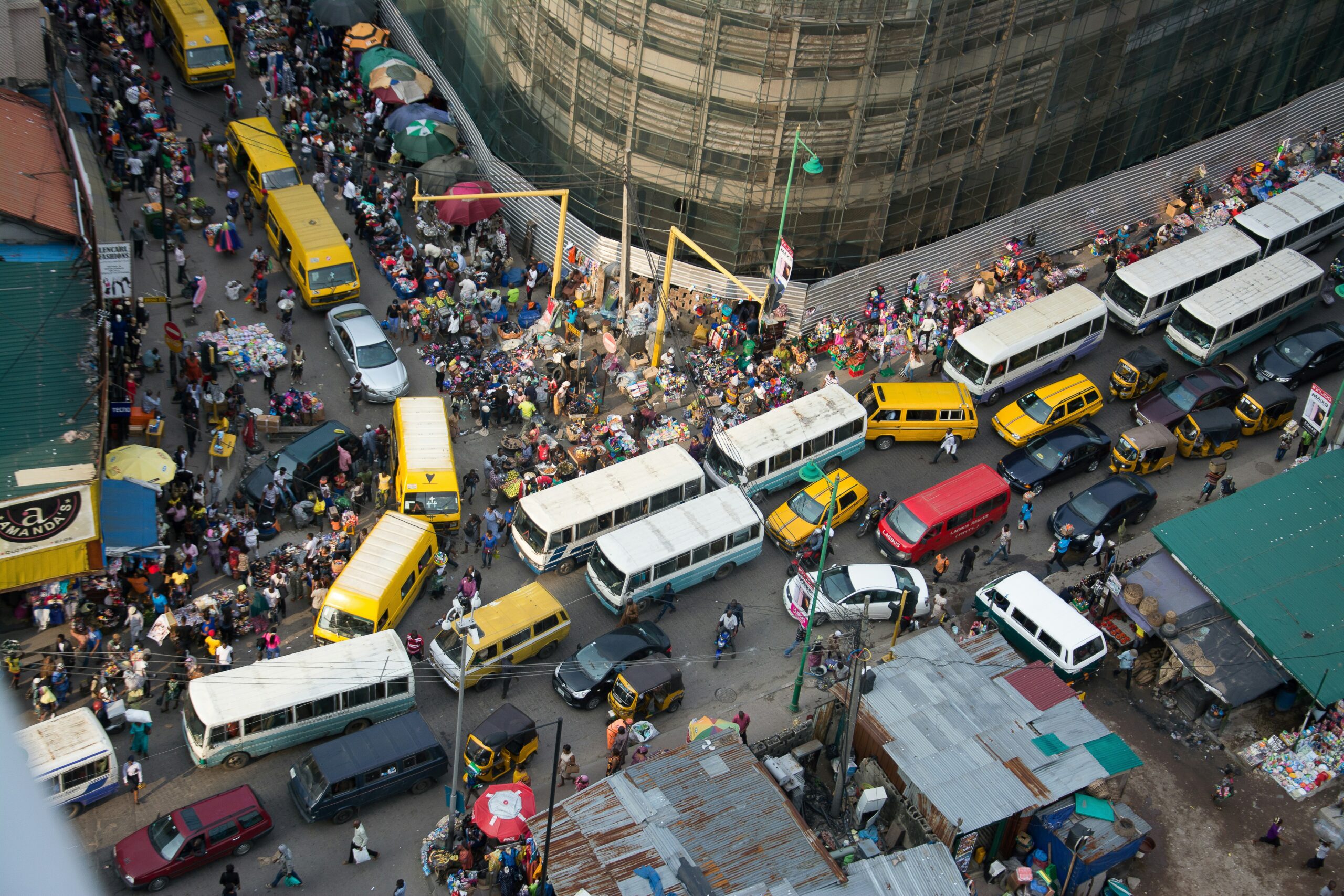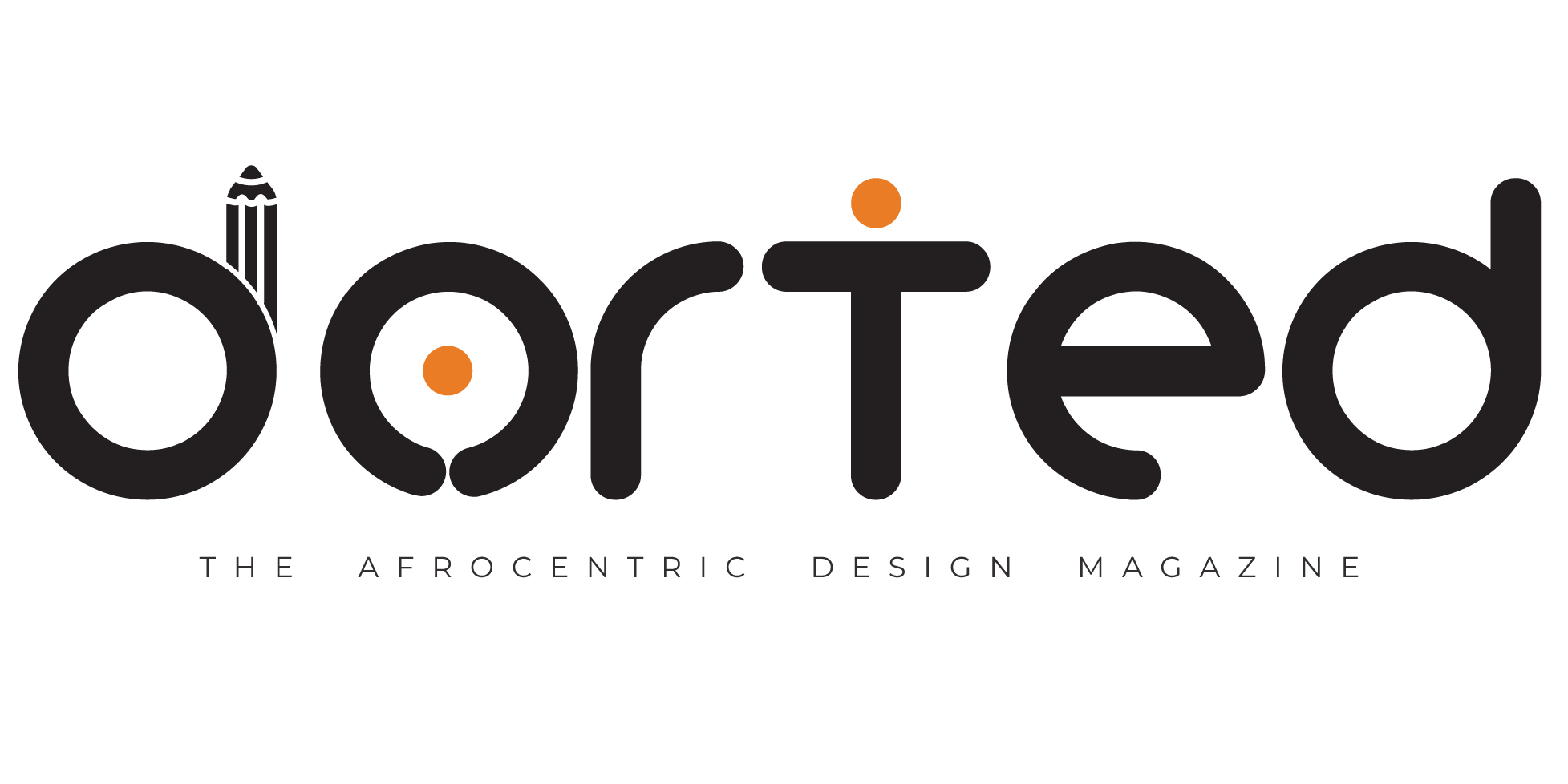by Arc. Biola Akinola, mnia

Today, we move even closer to the street as we take a turn into the gritty, vibrant, and often overlooked frontier of design—the informal urbanism that powers much of our daily experience. The pop-ups, patchworks, and people-powered places that bring our cities to life. We’re talking about Street architecture—the alleys of necessity; those unplanned, improvised, and yet highly functional elements that shape how we live, move, eat, worship, and connect in the city.
You’ve seen it. You’ve used it. You probably just didn’t know it had a name.


What is Street Architecture?
Street architecture refers to the spontaneous, semi-permanent, or temporary structures and spatial arrangements that emerge organically in urban environments—often without the blessing of the planning office. Think of it as architecture without architects, design driven by necessity, commerce, culture, and sheer ingenuity.
We’re not talking of grand buildings or formal blueprints here. This is the architecture of:
- The roadside barbershop, shielded by tarpaulin and a dream.
- The corner suya stand, glowing under a single naked bulb.
- The shoe shiner’s wooden stool and umbrella setup.
- The kiosk-turned-pharmacy, video club, betting shop, or recharge card hub.
- The makeshift worship tents, lecture sheds, viewing centres, and bus stop benches.
These are spaces of survival, but also of expression. They tell stories—of struggle, resilience, commerce, and community. These spaces work. They may not win awards, but they serve people—daily.

Why Street Architecture Matters
To dismiss these spaces as “illegal structures” or “urban clutter” is to miss the plot entirely and to ignore what truly powers our cities. Street architecture serves as:
- An Economic Engine: For thousands, it’s a platform for self-employment—barbers, cobblers, food vendors, photographers, and data sellers. It’s the base of Nigeria’s vast informal economy.
- A Social Network: People meet here. Gossip travels. Friendships form. Deals are struck. It’s architecture as infrastructure for human connection.
- A Design Challenge (and Opportunity): These spaces ask tough questions: Can beauty be improvised? Can function thrive under duress? Can we learn something from these “illegal” expressions?
- A Cultural Mirror: Every region has its flavour—from the roasted plantain huts of Port Harcourt to the Nkwobi joints of Enugu, the mechanic clusters of Ibadan, and the suya corridors of Kano. It’s local, contextual, and deeply Nigerian.

Lessons for the Formal Architect
As architects, we can either ignore this world or learn from it. And frankly, we ignore it at our peril. Here’s what street architecture teaches us:
- Design is not the exclusive domain of professionals. Design is democratic, and ordinary people solve complex spatial problems with astonishing resourcefulness.
- Flexibility is king. These spaces morph with time, weather, and demand. The suya spot becomes a parking lot by day. The mechanic’s canopy transforms into a viewing centre at night. These setups adapt fast—to weather, traffic, police, etc.
- Low-cost doesn’t mean low-value. Some of the most efficient uses of urban space are found in these humble setups. Its high-impact design on a shoestring is proof that there’s genius in the jerrycan.
- Context is everything. These structures are hyper-local. They respond to where people are, not where they’re told to go. Streets know where people actually are.
This should challenge us—not to romanticize poverty, but to design more inclusively, with humility and empathy. We must learn, not just plan.

How Can We Engage It?
Rather than chase these structures away with bulldozers, what if we:
- Created micro-zoning policies that legitimize and support informal activity in controlled zones?
- Designed modular, scalable kits that street vendors and artisans can use to upgrade their stalls?
- Built community kiosks, pavilions, or multi-use shelters that merge sanitation, safety, and aesthetics?
- Partnered with local governments to map, support, and improve informal business zones?
There is a future where formality and informality are not enemies but collaborators. And that future is ripe for design leadership. Let’s advocate for and move from erasure to engagement. From “Clear this place!” to “Let’s build better.”

Conclusion: Seeing the Streets Anew
The street, with all its chaos and character, is our largest open-air museum. It’s where architecture spills over its traditional boundaries and gets its hands dirty. It is raw, real, and ruthlessly practical—everything design should be but often forgets to be.
“Some of the best architecture in Africa was never drawn — it was lived.”
Look closer at the next roadside stall you pass. That’s design. That’s architecture. That’s the city, unfiltered.
CALL TO ACTION:
Seen a street setup that wowed you?
- Snap it
- Talk about it
- Share this article
- Tag a designer who needs to think outside the glass box.
Let’s keep the conversation alive—because cities are not just built from blueprints. They’re built by people.
As we walk through our cities, let’s begin to see these “illegal” spaces not as eyesores, but as informal masterpieces—prototypes begging to be elevated, not erased. Because sometimes, the soul of a city is not in its skyline but in its street corner.
Image Gallery








Discover more from dorted
Subscribe to get the latest posts sent to your email.







